National Photographic Portrait Prize 2016: Q&A Angus Trumble
The 8th National Photographic Portrait Prize (NPPP) was recently awarded to Elizabeth Looker for her work ‘Life Dancers’. With the 49 finalists currently on show at the National Portrait Gallery, I spoke to NPG Director Angus Trumble about photographic portraiture and how it relates to journalism.
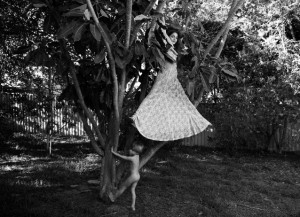
Q: What role does the NPPP play in the Australian arts sector?
A: Its aim is to give a snapshot of contemporary photographic portrait practice in Australia. It has become, I believe, larger than the sum of its parts. It is essentially an anthology of a very active section of Australian visual arts.
The works tend to be introspective, an encounter between the photographer and sitter in real time and space and shows the collaboration between them.
Q: What do you think a photographic portrait captures that another medium might not?
A: Photography, by its very nature, introduces a serendipitous quality to the photograph, so it is a completely different method of working.
Historically we saw, after the advent of photography, artists hoping to capture the same weight of a painting within a photographic image. Then there were painters trying to capture in their work the spontaneity of a moment. So effectively you had photographers trying to be like painters and painters trying to be photographic.
Q: What do you look for in a portrait? What sets the great ones apart?
A: There has to be, I think, a sense that the work of art conveys the vividness of a real encounter between the artist and sitter. The artist observes the person moving, speaking and interacting. So as to achieve that ultimate paradox of creating out of a static, two-dimensional image something that conveys the living, breathing character of the person being portrayed. For me the quality of the portrait is to what extent they fly over that hurdle.
Q: Photography is inherently linked to journalism, where a photo can sometimes tell a story better than any article could. What do you think an image can tell someone that words perhaps cannot?
A: That’s the big question really that faces all of us in visual culture: What is it that we respond to that engages us about an image and its capacity to convey something that words can’t?
I’m often asked why visitors to a Portrait Gallery are so engaged by what they find, and I often say that people on the whole are interested in other people. Portraits, therefore, lay a claim on our attention that’s different in many ways from other works of art.
An image has almost as many different claims on our attention as there are people who observe it. We bring to an image our own experience. We speak in shorthand about the eye of the beholder, and I think it’s true that subjectivity is part of the experience.
Q: Can journalistic photography be considered art?
A: Certainly. For example, there was a portrait in last year’s NPPP of President Widodo of Indonesia. It was part of a shoot for Time Magazine and it was brilliant. It was a case of a really interesting satisfaction of two completely different sets of criteria. It was a portrait with real weight but it was also obviously a portrait that conveyed the significance of a newly elected president. So it functioned in both spaces, but I don’t think that always happens.
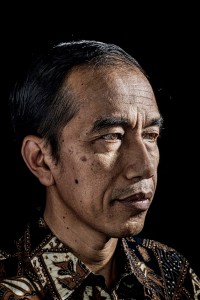
The shortlisted works of the National Photographic Portrait Prize will be on display at the National Portrait Gallery until 26 June 2016.
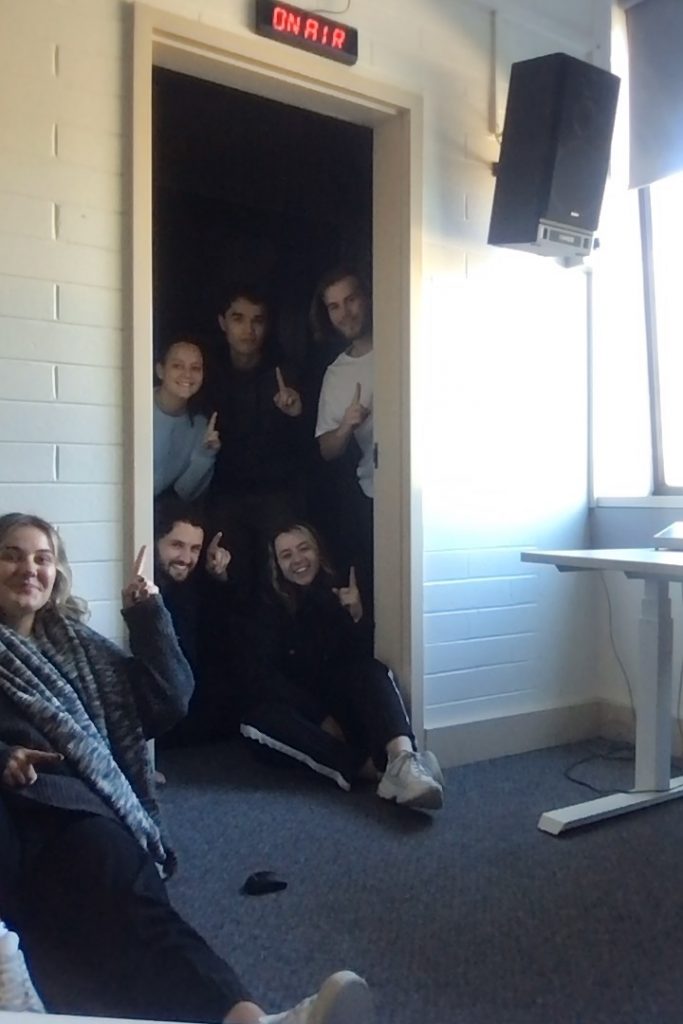
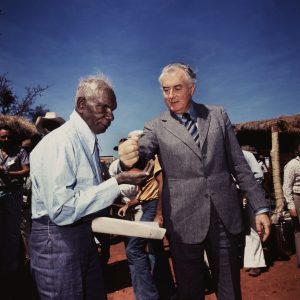

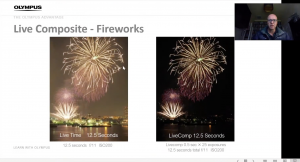
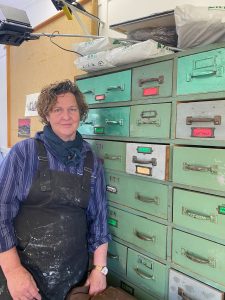
Be the first to comment!